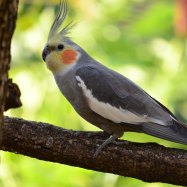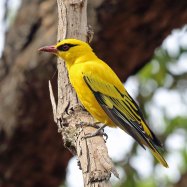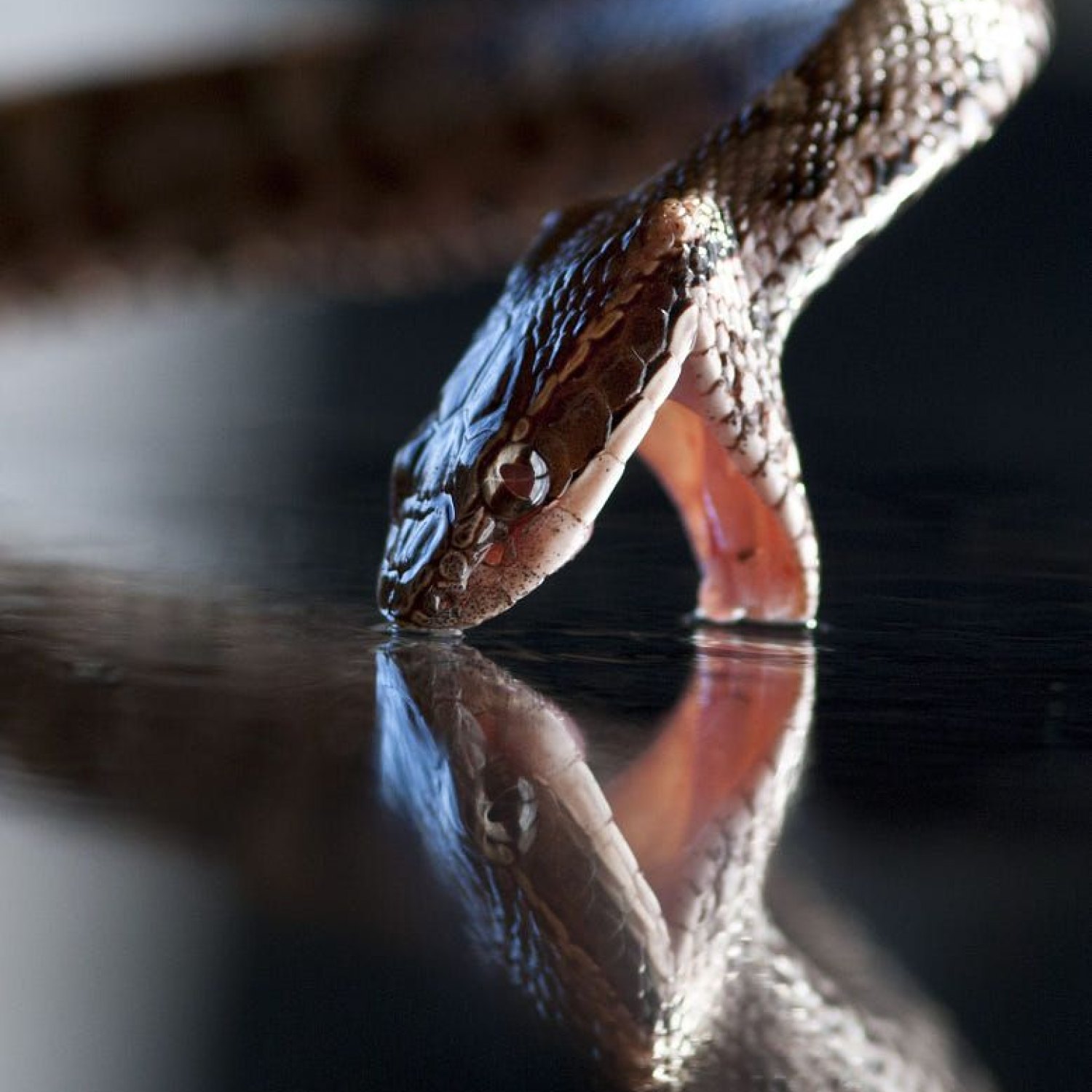
Mamushi Snake
50 to 70 centimeters
The mamushi snake, found in mountainous regions, is a poisonous viper with a distinctive cylindrical and stout body shape. It can grow between 50 to 70 centimeters, making it a smaller but still dangerous member of the Viperidae family. If you encounter a mamushi, be sure to keep a safe distance and admire this unique creature from afar. #MamushiSnake #Viperidae #MountainousSnakes
Animal Details Summary:
Common Name: Mamushi Snake
Kingdom: Animalia
Habitat: Forests, grasslands, and marshes
Mamushi Snake: A Deadly Beauty from the Land of the Rising Sun
Majestic mountains, vibrant cherry blossoms, mouth-watering sushi, cutting-edge technology – these are just a few things that come to mind when we think of Japan. However, there's another aspect of this fascinating country that often goes unnoticed – its diverse and unique wildlife.Among the many creatures that call Japan home, the Mamushi Snake stands out for its deadly beauty and exceptional abilities. Also known as Gloydius blomhoffii, this viper species is a marvel of nature that deserves our attention and admiration Mamushi Snake. Let's take a closer look at this fascinating animal.
The Basics: Classification and Habitat
The Mamushi Snake belongs to the Animalia Kingdom, Chordata Phylum, and Reptilia Class. It is a member of the Squamata Order and Viperidae Family. This means that its closest relatives are other venomous snakes such as rattlesnakes and pit vipers.The natural habitat of Mamushi Snakes includes forests, grasslands, and marshes. They are most commonly found in East Asia, which includes countries like Japan, Korea, and China. However, these snakes are native to Japan, and it is where they thrive the most.
In Japan, Mamushi Snakes can be found in mountainous areas, where they make their homes in rocky crevices and under logs. They are also known to inhabit rice fields during the summer months when rice farmers regularly encounter them Marans Chicken.
Diet and Feeding Method
As carnivorous creatures, Mamushi Snakes have a diet that primarily consists of small mammals, birds, and lizards. They are ambush predators, which means they wait patiently for their prey to come to them.Once they spot their prey, Mamushi Snakes use their heat-sensing pits to strike accurately and deliver a lethal venomous bite. They are known for their quick strikes, with the venom taking effect almost immediately. This makes them highly efficient hunters.
In addition to their venom, which paralyzes their prey, Mamushi Snakes also have strong muscles that allow them to constrict their targets and suffocate them. This is a backup plan in case their prey is too large to swallow whole.
Appearance and Characteristics
While the Mamushi Snake may not be the largest or longest snake around, it possesses distinct characteristics that make it stand out. Its body is cylindrical and stout, which allows it to navigate through tight spaces and ambush its prey.Mamushi Snakes also have a unique coloration, with shades of brown or black and light and dark zigzag patterns running along their bodies. This coloration acts as camouflage, allowing them to blend in with their surroundings and remain hidden from predators.
One of the most fascinating traits of the Mamushi Snake is its ability to control its body temperature. As cold-blooded reptiles, they can regulate their body temperature by basking in the sun or seeking shade when needed. This helps them survive in a wide range of temperatures and environments.
Size and Length
On average, Mamushi Snakes can grow to be about 50 to 70 centimeters long, with females being slightly larger than males. However, there have been reports of some specimens reaching over one meter in length. Their size and length make them relatively small compared to other venomous snakes, making them less intimidating at first glance.Despite their small size, Mamushi Snakes should not be underestimated. Their venom is highly potent and can cause severe symptoms, including paralysis, internal bleeding, and even death.
Threats and Conservation Status
As beautiful and fascinating as the Mamushi Snake may be, it faces numerous threats, including habitat destruction, pollution, and illegal collection for the pet trade. But perhaps its biggest threat comes from humans who perceive them as a danger and often kill them on sight.In Japan, Mamushi Snakes are seen as a symbol of summer. In some areas, they are even considered a delicacy, with their meat and venom being used in traditional medicine. This has resulted in a decrease in their population over the years.
While Mamushi Snakes are not listed as an endangered species, their numbers have declined significantly, and steps need to be taken to ensure their survival.
In Conclusion
In the land of the rising sun, where technology and tradition coexist, the Mamushi Snake showcases its unique characteristics and adapts to its environment. From its venomous bite to its remarkable ability to regulate its body temperature, this snake is a true marvel of the animal kingdom.While some may fear and dislike the Mamushi Snake, it's important to remember that these creatures play an essential role in maintaining the balance of their ecosystem. Instead of seeing them as a threat, we should admire their resiliency and appreciate their beauty from a safe distance.
So the next time you come across a Mamushi Snake on your travels to Japan, remember to give it the respect it deserves. After all, it's not just a deadly predator – it's a magnificent creature that deserves our admiration.

Mamushi Snake
Animal Details Mamushi Snake - Scientific Name: Gloydius blomhoffii
- Category: Animals M
- Scientific Name: Gloydius blomhoffii
- Common Name: Mamushi Snake
- Kingdom: Animalia
- Phylum: Chordata
- Class: Reptilia
- Order: Squamata
- Family: Viperidae
- Habitat: Forests, grasslands, and marshes
- Feeding Method: Carnivorous
- Geographical Distribution: East Asia
- Country of Origin: Japan
- Location: Mountainous areas
- Animal Coloration: Brown or black with light and dark zigzag patterns
- Body Shape: Cylindrical and stout
- Length: 50 to 70 centimeters
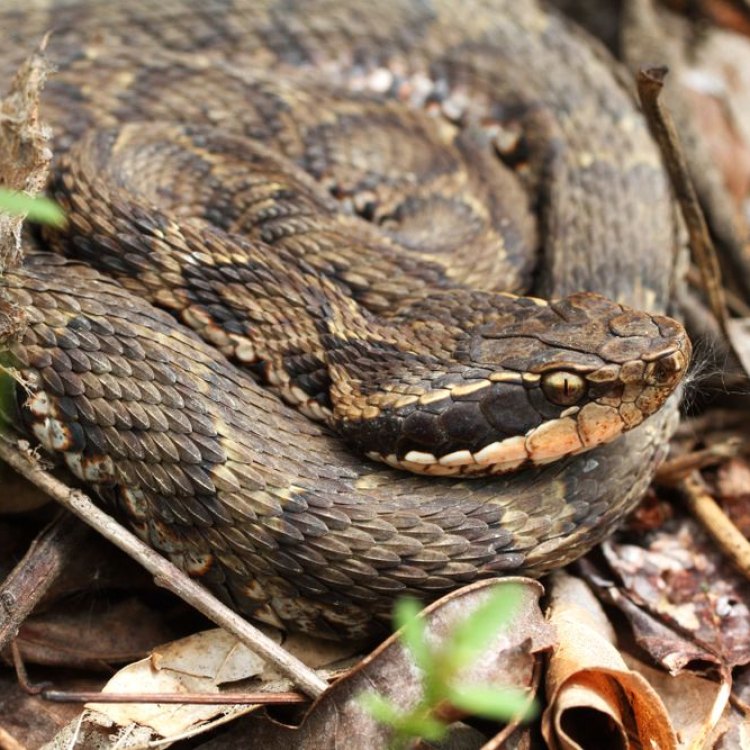
Mamushi Snake
- Adult Size: Adults can grow up to 90 centimeters in length
- Average Lifespan: 10 to 15 years
- Reproduction: Sexual
- Reproductive Behavior: Viviparous (giving birth to live young)
- Sound or Call: Rattles its tail when threatened
- Migration Pattern: No specific migration pattern
- Social Groups: Solitary
- Behavior: Mamushi Snakes are mainly active during the night
- Threats: Habitat loss, pollution, and persecution by humans
- Conservation Status: Not evaluated
- Impact on Ecosystem: Plays a role in controlling small mammal populations
- Human Use: Used in traditional medicine
- Distinctive Features: Triangular-shaped head and venomous fangs
- Interesting Facts: 1. Mamushi Snakes are venomous and their bite can be fatal to humans. 2. They are one of the most venomous snakes in Japan. 3. They are known for their striking coloration and zigzag patterns on their back. 4. Mamushi Snakes play an important role in the ecosystem by controlling rodent populations. 5. They are often found in mountainous areas of Japan. 6. The venom of the Mamushi Snake is used in traditional medicine.
- Predator: Birds of prey, larger snakes, and carnivorous mammals
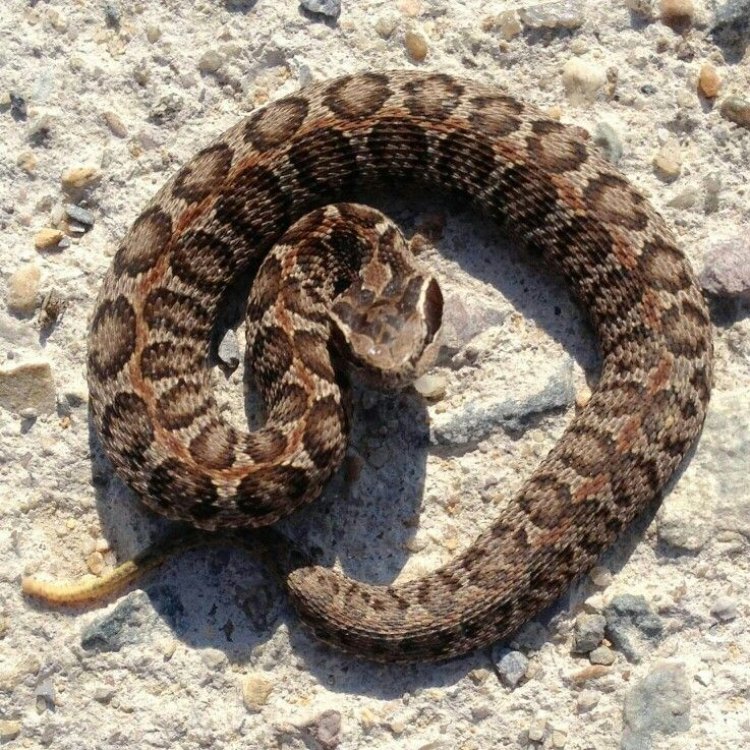
Gloydius blomhoffii
The Majestic and Venomous Mamushi Snake: A Hidden Treasure of Japan
Nestled in the mountains of Japan, hidden from plain sight, lies a fascinating and enigmatic creature – the Mamushi Snake. Known for its striking colors and deadly bite, this creature has been a part of Japan's culture and ecosystem for centuries. In this article, we will delve into the unique features of this snake, its impact on the ecosystem, its role in human culture, and the threats it faces in today's world.An Overview of the Mamushi Snake
The Mamushi Snake, scientifically known as Gloydius blomhoffii, is a venomous pit viper species native to Japan PeaceOfAnimals.Com. It is commonly found in forested areas, especially in mountainous regions, and can also be seen in rice paddies and grasslands. This elusive serpent, measuring around 90 centimeters in length when fully grown, is an essential part of Japan's biodiversity.The Distinctive Features of the Mamushi Snake
One look at the Mamushi Snake and you'll be mesmerized by its beauty and distinct features. It has a triangular-shaped head, with distinct markings and a reddish-brown or gray-colored body. The most striking feature of this snake is the zigzag patterns on its back, which give it its unique appearance. These distinct markings serve as a warning to potential predators, as they signal the snake's venomous nature.Additionally, the Mamushi Snake has venomous fangs that it uses to inject venom into its prey. Its venom is a potent cocktail of different toxins, including hemotoxins, which can cause tissue damage and coagulation of blood. A bite from this venomous serpent can be fatal to humans if left untreated Mouse.
The Threats to the Mamushi Snake
The Mamushi Snake, like many other species, is facing numerous threats to its survival. The biggest threat to this species is habitat loss due to human activities like deforestation and urbanization. With the destruction of their natural habitat, these snakes have limited places to live and hunt for prey. Pollution, mainly from agriculture and urban runoff, also poses a significant threat to the Mamushi Snake's health and survival.Another threat to the Mamushi Snake is human persecution. As this creature's venom is used in traditional medicine, it is often hunted and killed by humans for its venom. This practice not only harms the snake population but also disrupts the delicate balance of the ecosystem, as these snakes play a vital role in controlling rodent populations.
The Role of the Mamushi Snake in the Ecosystem
The Mamushi Snake, much like other snake species, is an essential player in the ecosystem it inhabits. They play a crucial role in controlling the rodent population, which helps maintain a balance in the ecosystem. The Mamushi Snake's venom also serves as a natural defense against predators like birds of prey, larger snakes, and carnivorous mammals, making them a vital link in the food chain.Human Use of the Mamushi Snake
The Mamushi Snake has been an integral part of Japanese culture for centuries. Its venom has been used in traditional medicine to treat various ailments, such as inflammation and pain. While the use of this snake in traditional medicine is deeply rooted in Japanese culture, it has raised concerns about the snake's conservation and survival.Interesting and Lesser-Known Facts about the Mamushi Snake
Apart from its unique features and cultural significance, the Mamushi Snake is full of interesting and lesser-known facts. Here are a few noteworthy facts about this elusive serpent.- The Mamushi Snake is one of the most venomous snakes in Japan. Its venom is ten times more potent than that of the rattlesnake.
- Despite being venomous, the Mamushi Snake is not an aggressive creature and will usually try to avoid humans.
- These snakes are mainly active at night, making it challenging to spot them in the wild.
- In Japan, the Mamushi Snake is also known as "Shimata," which means "striking snake."
- They are viviparous, which means they give birth to live young rather than laying eggs.
- There is no specific migration pattern for the Mamushi Snake, and they usually stay in their preferred habitats throughout their lifespan.
- They are not evaluated on the International Union for Conservation of Nature's (IUCN) Red List, making it crucial to monitor their population and conservation status.
In Conclusion
In conclusion, the Mamushi Snake is a fascinating and unique creature that is an integral part of Japan's ecosystem and culture. Its distinct features, venomous nature, and important role in the ecosystem make it a hidden treasure of Japan. However, with increasing threats to its survival, it is crucial to raise awareness about the importance of preserving this elusive serpent and its habitat. Let us all do our part in ensuring the survival of this majestic and venomous creature, the Mamushi Snake.
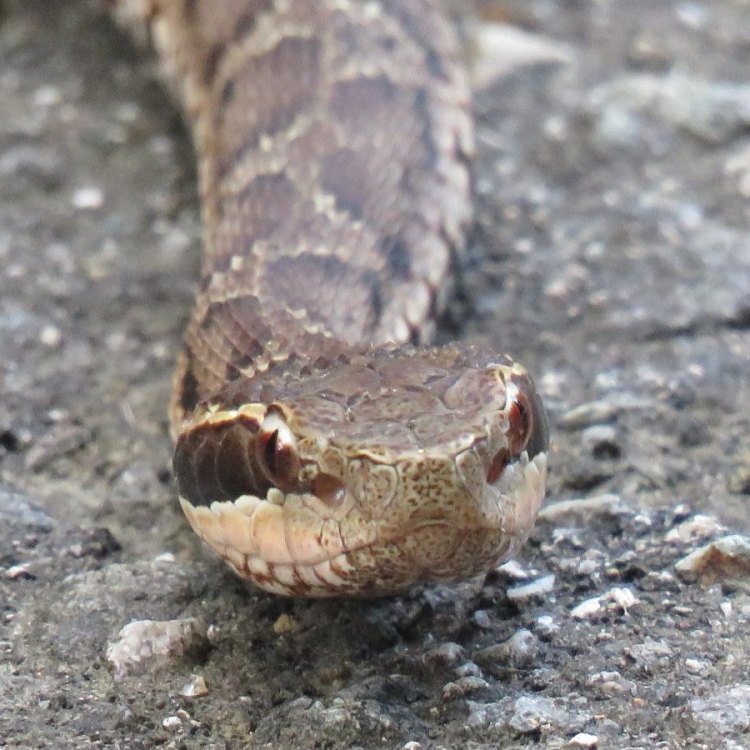
Mamushi Snake: A Deadly Beauty from the Land of the Rising Sun
Disclaimer: The content provided is for informational purposes only. We cannot guarantee the accuracy of the information on this page 100%. All information provided here may change without prior notice.







